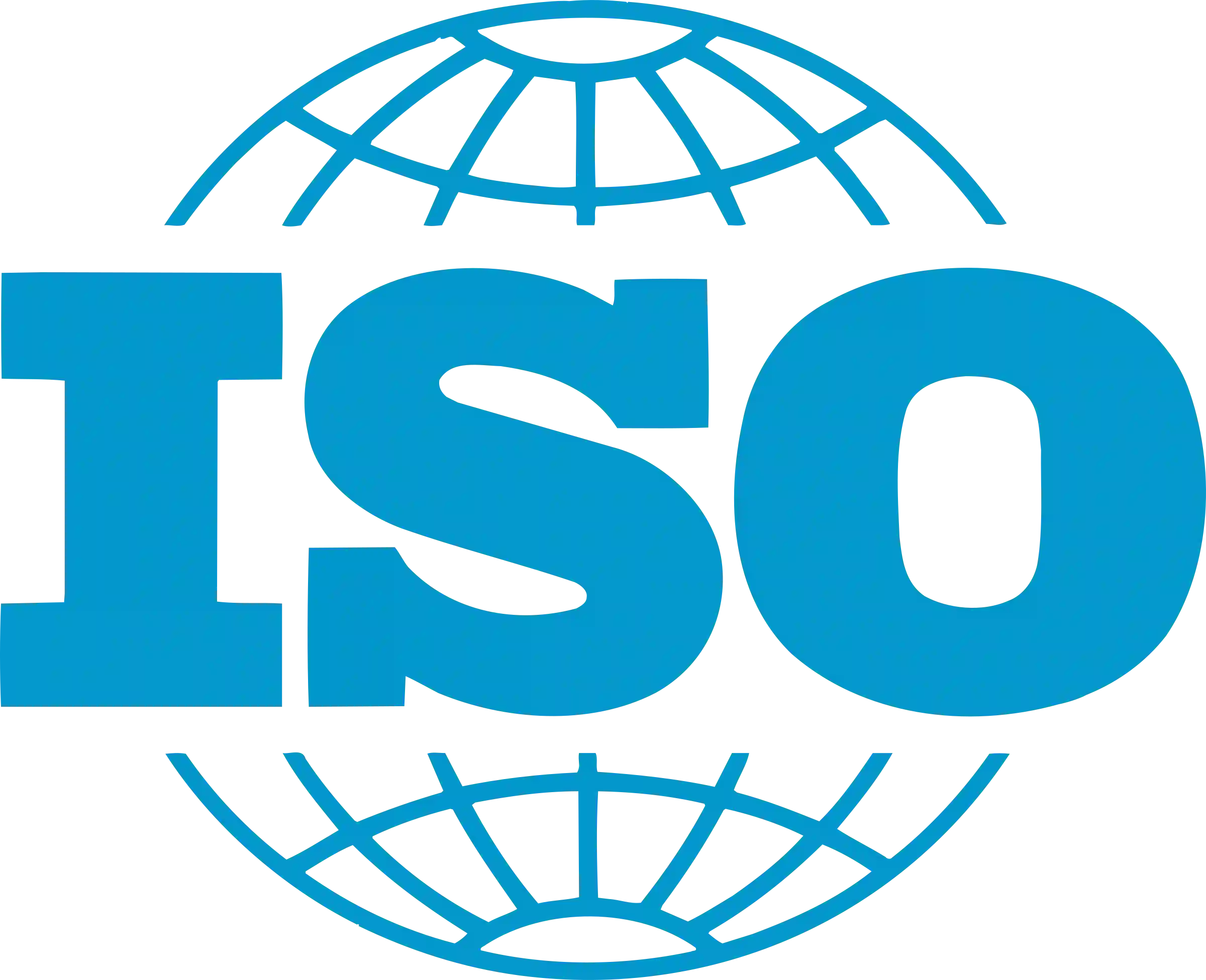
TLIF and Beyond: A Look at Long-term Spinal Health
09 Oct, 2023
 Healthtrip Team
Healthtrip TeamTransforaminal Lumbar Interbody Fusion (TLIF) is a surgical procedure designed to address specific issues within the spine. During TLIF, surgeons focus on stabilizing and fusing the lumbar (lower back) vertebrae, aiming to alleviate pain and restore spinal integrity.
This procedure involves removing a problematic intervertebral disc – the cushion-like structure between adjacent vertebrae – and then fusing the affected vertebrae together. The fusion is typically achieved using a bone graft and, at times, additional hardware like screws and rods to enhance stability.
Transform Your Beauty, Boost Your Confidence
Find the right cosmetic procedure for your needs.

We specialize in a wide range of cosmetic procedures

TLIF becomes a viable option when individuals experience persistent back pain or neurological symptoms related to various spinal conditions. These may include degenerative disc disease, where the discs wear down over time, spondylolisthesis, which involves the misalignment of vertebrae, and issues like herniated discs or spinal stenosis.
When conservative treatments such as physical therapy or medication fail to provide relief, and diagnostic imaging confirms the severity of the spinal issue, TLIF may be recommended. It's a targeted solution for cases where the spine requires stabilization, nerve decompression, or restoration of disc height to improve overall function and reduce pain.
Why TLIF is Done and who needs it?
A. Conditions Requiring TLIF
- Degenerative disc disease
- Spondylolisthesis
- Herniated disc
- Spinal stenosis
B. Purpose of TLIF
Most popular procedures in
Laparoscopic Cystect
Upto 80% off
90% Rated
Satisfactory
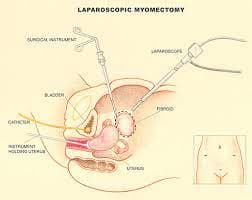
Laparoscopic Myomect
Upto 80% off
90% Rated
Satisfactory
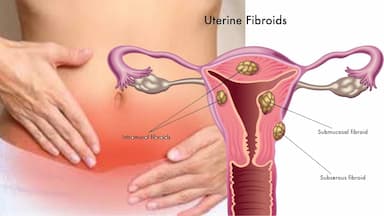
LAVH
Upto 80% off
90% Rated
Satisfactory
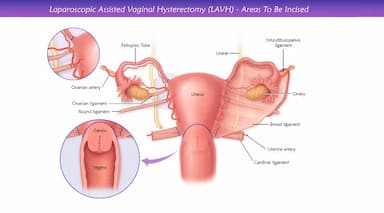
NOTE
Upto 80% off
90% Rated
Satisfactory
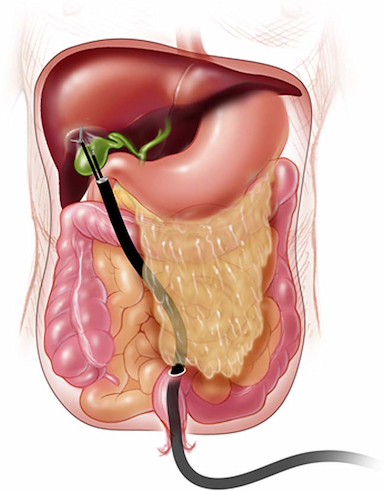
CABG
Upto 80% off
90% Rated
Satisfactory
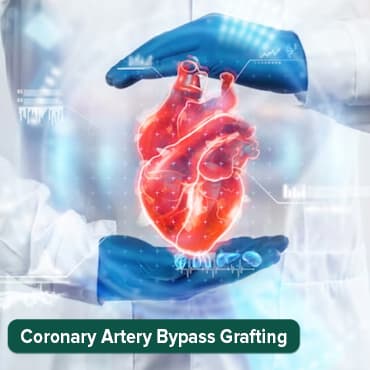
- Stabilization of the spine
- Decompression of nerves
- Restoration of disc height
TLIF Procedure
A. Preoperative Phase
1. Patient Evaluation and Preparation
Before the TLIF procedure, a thorough evaluation of the patient's overall health is conducted. This includes a review of medical history, physical examinations, and assessments of the spine's condition. Any pre-existing health issues that may impact surgery are identified, and preparations are made accordingly.
2. Diagnostic Imaging and Tests
Diagnostic imaging, such as X-rays, MRI, or CT scans, is crucial for visualizing the specific spinal issues that necessitate TLIF. These images guide the surgeon in planning the surgery, including identifying the location of the affected disc, assessing spinal alignment, and determining the extent of nerve compression.
3. Informed Consent
Informed consent is obtained from the patient, ensuring they have a clear understanding of the procedure, potential risks, and expected outcomes. This is a crucial step in promoting patient autonomy and transparency in the medical decision-making process.
B. Intraoperative Phase
1. Anesthesia Administration
The patient is administered anesthesia to induce a state of unconsciousness and painlessness during the surgery. The type of anesthesia (general or regional) is determined based on the patient's health, the complexity of the surgery, and the surgeon's preference.
2. Positioning of the Patient
The patient is carefully positioned on the operating table to provide the surgeon with optimal access to the surgical site. Proper positioning is critical for both the safety of the patient and the effectiveness of the procedure.
3. Surgical Approach and Exposure
The surgeon makes an incision in the lower back, exposing the affected vertebrae. The choice of the incision and the specific approach (posterior, anterior, or lateral) depends on the patient's condition and the surgeon's expertise.
4. Discectomy and Interbody Cage Placement
The damaged disc material is removed through a process called discectomy. An interbody cage, often filled with bone graft material, is then inserted into the empty disc space. This cage supports the spine, promotes fusion, and helps maintain proper disc height.
5. Pedicle Screw Placement
Pedicle screws are strategically placed into the vertebrae to provide stability during the fusion process. These screws anchor rods or plates, which further assist in maintaining the alignment of the spine.
6. Bone Grafting
Bone graft material is placed in and around the interbody cage to stimulate bone growth and fusion between the vertebrae. Autografts (patient's own bone), allografts (donor bone), or synthetic grafts may be used, depending on the surgeon's preference and patient factors.
C. Postoperative Phase
1. Recovery in the Hospital
After surgery, patients are monitored in the recovery room and then transferred to a hospital room. The initial recovery period involves pain management, observation for any immediate complications, and ensuring the patient is stable before discharge.
2. Pain Management
Pain management strategies, including medications and non-pharmacological approaches, are employed to ensure the patient's comfort during the recovery period. This may involve a combination of opioids, nonsteroidal anti-inflammatory drugs (NSAIDs), and physical measures like ice packs.
3. Physical Therapy and Rehabilitation
Physical therapy is initiated to help patients regain strength, flexibility, and mobility. Specialized exercises are designed to promote healing, prevent complications, and enhance overall spinal function. Rehabilitation plans are tailored to each patient's unique needs.
4. Follow-Up Appointments
Regular follow-up appointments are scheduled to monitor the progress of healing, assess spinal fusion, and address any concerns or complications. Imaging studies may be performed to evaluate the success of the fusion process and the overall stability of the spine.
Latest Advancements in TLIF
1. Minimally Invasive TLIF Techniques
Advancements in minimally invasive techniques involve smaller incisions, reduced muscle disruption, and quicker recovery times. Minimally invasive TLIF aims to achieve the same surgical goals while minimizing trauma to surrounding tissues.
2. Navigation-Assisted Surgeries
Navigation systems use real-time imaging to guide the surgeon during the procedure. This technology enhances precision in instrument placement, reducing the risk of errors and improving overall surgical outcomes.
3. Use of Biologics for Enhanced Fusion
Biologics, such as growth factors or stem cells, may be used to enhance the bone fusion process. These substances promote the formation of new bone tissue, potentially accelerating the healing and fusion between the vertebrae.
Results of TLIF
- Pain Relief: TLIF typically leads to a significant reduction in pain, addressing the root cause of spinal issues and enhancing overall comfort.
- Improved Spinal Stability: The procedure aims to stabilize the spine, preventing excessive movement between vertebrae and promoting long-term structural integrity.
- Functional Improvement: TLIF often results in enhanced functionality, allowing individuals to regain mobility and engage in daily activities with increased ease and comfort.
Risks and Complications
General Risks
- Infection
- Bleeding
- Anesthesia complications
B. Procedure-specific Complications
- Nerve injury
- Nonunion or pseudarthrosis
Strategies to Prevent Complications
- Infection prevention protocols
- Neurophysiological monitoring during surgery
- Minimally invasive techniques
- Early ambulation and strict adherence to postoperative instructions
In summary, Transforaminal Lumbar Interbody Fusion (TLIF) is a solution for various spinal conditions. While it offers benefits such as pain relief and improved stability, awareness of potential risks is important. Strategic preoperative, intraoperative, and postoperative measures can mitigate complications.
Wellness Treatment
Give yourself the time to relax
Lowest Prices Guaranteed!

Lowest Prices Guaranteed!
